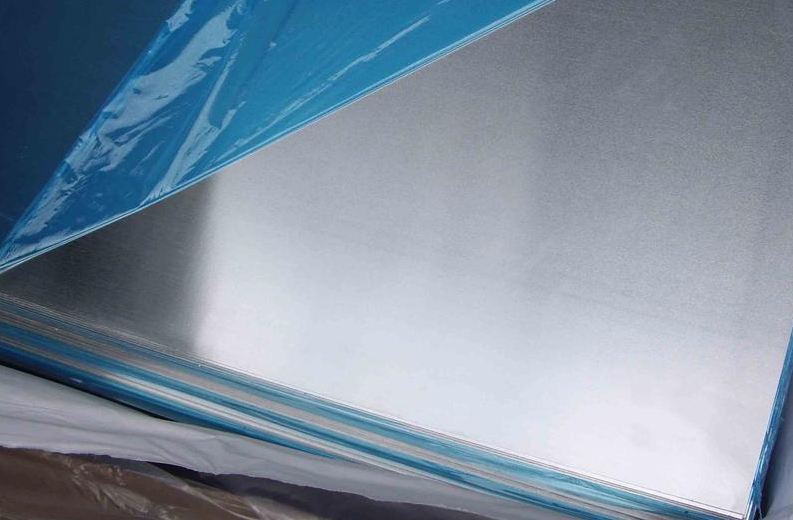What is the difference between ferrous and non-ferrous metals?
Non-ferrous metals definition:
Non-ferrous metals are defined as metals and their alloys that contain no or very little iron. In contrast to ferrous metals (mainly iron and its alloys, such as steel and cast iron), non-ferrous metals have diverse physical and chemical properties and are used in a wide range of industrial applications. Based on their properties and uses, non-ferrous metals are usually classified into the following categories:
Ferrous metals definitions:
Ferrous metals are metals and their alloys with iron as the main component, mainly including iron, steel and cast iron. Ferrous metals are important materials for modern industry and are widely used in construction, machinery manufacturing, transport, home appliances and other fields. According to their compositions and uses, ferrous metals are mainly classified into the following categories:
Differences between ferrous and non-ferrous metals:
Composition
Ferrous metals: the main component is iron, usually including pure iron, steel (with a carbon content between 0.02% and 2.11%) and cast iron (with a carbon content greater than 2.11%).
Non-ferrous metals: all metals other than iron and its alloys, including aluminium, copper, zinc, magnesium, titanium, nickel, as well as precious metals (e.g. gold, silver, platinum) and rare metals.
Physical and chemical properties
Ferrous metals:
Magnetism: most ferrous metals are magnetic.
Strength and hardness: usually have high strength and hardness.
Density: high, usually greater than 4.5 g/cm³.
Corrosion resistance: Ferrous metals (e.g. steel and cast iron) usually require surface treatment (e.g. galvanising, painting) to enhance corrosion resistance.
Non-ferrous metals:
Non-magnetic: most non-ferrous metals are not magnetic (copper, aluminium, zinc, etc.).
Versatility: non-ferrous metals have a variety of strength, hardness and other physical properties, e.g. aluminium is light and soft, titanium is light but strong.
Density:
Light metals such as aluminium and magnesium have a density of less than 4.5 g/cm³, while heavy metals such as copper, lead and zinc have a higher density.
Corrosion resistance:
Many non-ferrous metals are naturally resistant to corrosion, e.g. the oxide film formed on the surface of aluminium, the antioxidant properties of copper.
Areas of application
Ferrous metals:
Construction: steel bars, steel structures, bridges, steel for building.
Machinery manufacturing: mechanical equipment, tools, gears, bearings.
Transport: automobiles, trains, ships, aviation equipment.
Infrastructure: pipelines, transmission towers, railway tracks.
Non-ferrous metals:
Aerospace: aluminium, titanium for aircraft, rocket, satellite structural materials.
Electrical and electronic: copper and aluminium are used for wires, cables, electronic components, radiators.
Construction: Aluminium and copper are used for building materials, door and window frames, and decoration.
Packaging: Aluminium is used for beverage cans, food packaging.
Transport: Light metals and their alloys are used in automobiles, trains and shipbuilding.
Processing and Treatment
Ferrous metals:
High-temperature processing and heat treatment (e.g., forging, rolling, quenching, etc.) are required to obtain the desired mechanical properties.
Surface treatments to enhance corrosion resistance, such as galvanising, painting, oxidising, etc.
Non-ferrous metals:
Processing methods are varied and include cold and hot working (e.g. extrusion, drawing, forging, etc.).
Additional surface treatments to enhance corrosion resistance are usually not required, but anodising, nickel plating, etc. are applied in some applications.
Price
Ferrous metals: usually less expensive, especially plain carbon steel and cast iron.
Non-ferrous metals: Higher prices, especially for precious metals (e.g. gold, silver) and rare metals (e.g. titanium, nickel).
Resource distribution and production
Ferrous metals: abundant iron ore resources, mature production and processing techniques, and huge global production.
Non-ferrous metals: the distribution of resources is relatively dispersed, and the mining and refining of some non-ferrous metals (e.g. rare earth metals) is more complicated, with higher production costs.
Summary
Ferrous and non-ferrous metals are significantly different in terms of composition, physico-chemical properties and application areas, and each plays an important role. While ferrous metals are mainly used in structural and infrastructural construction, non-ferrous metals are widely used in high-tech, aerospace, electrical and electronic applications due to their diverse properties and high added value.
